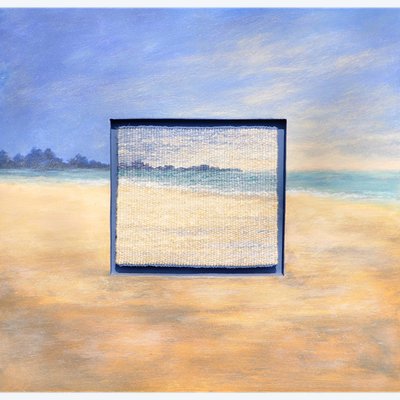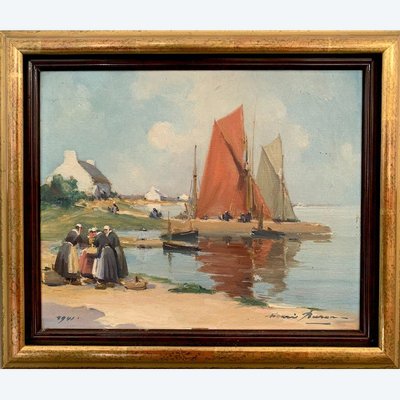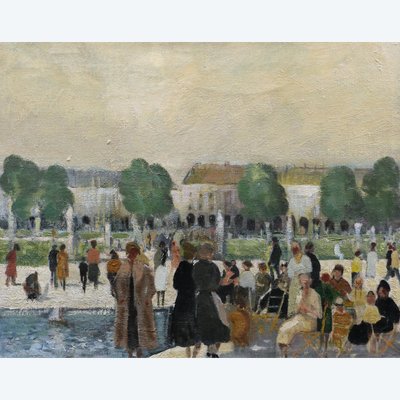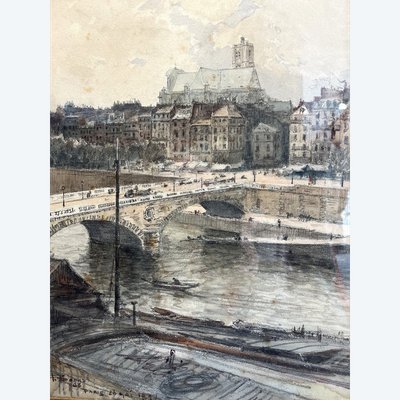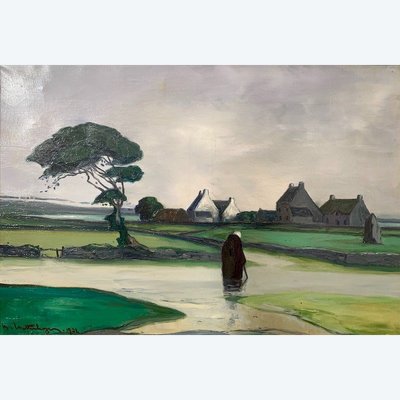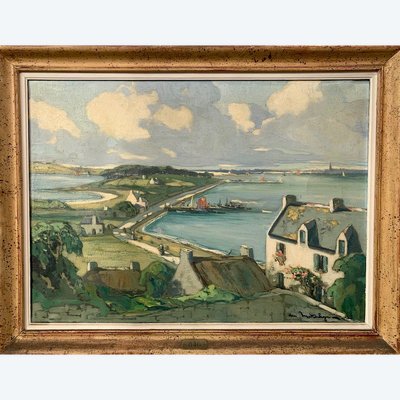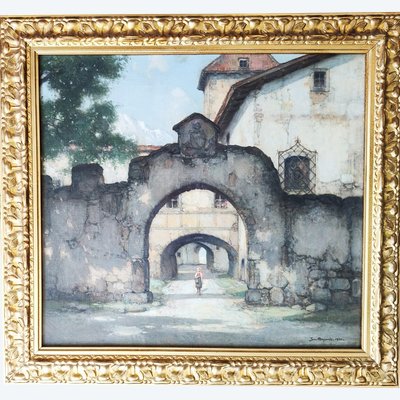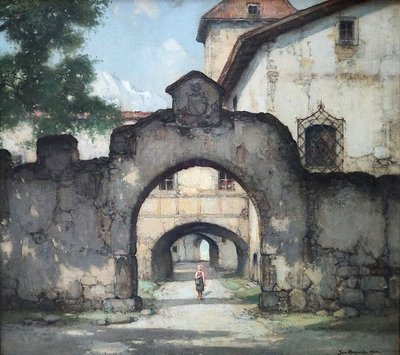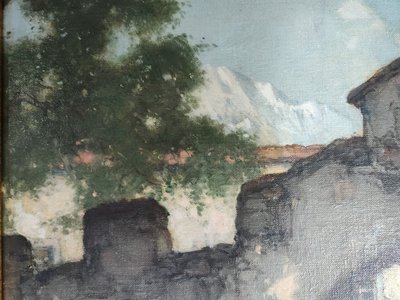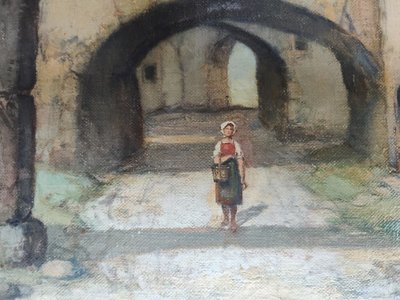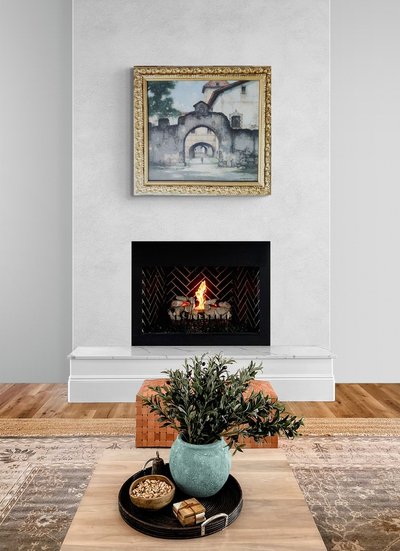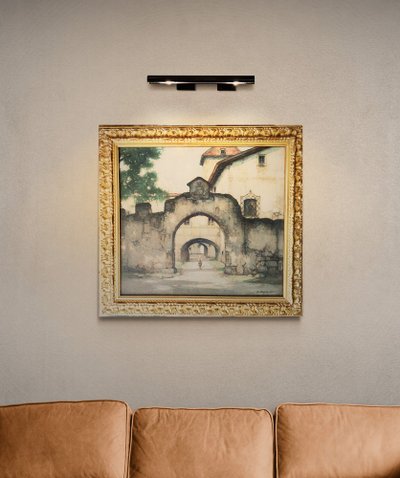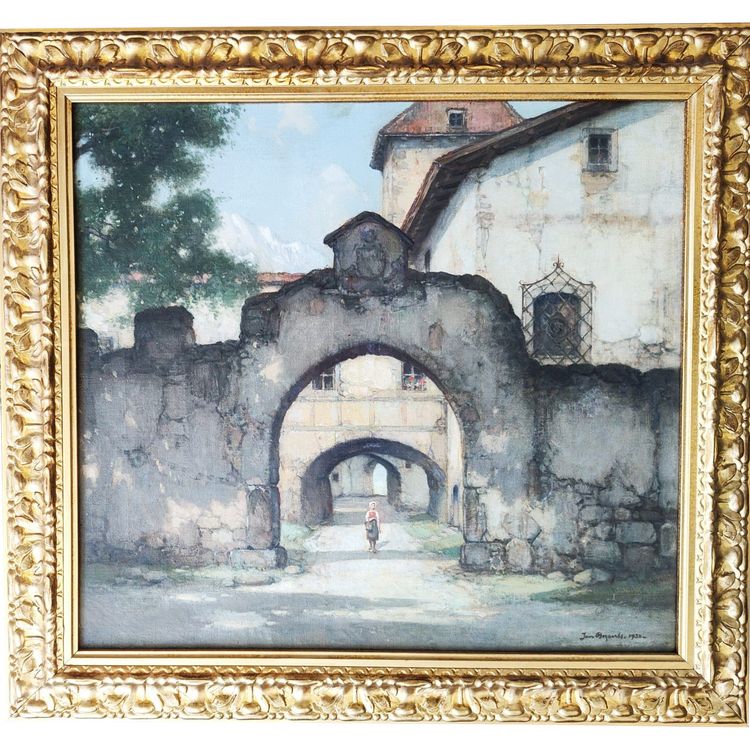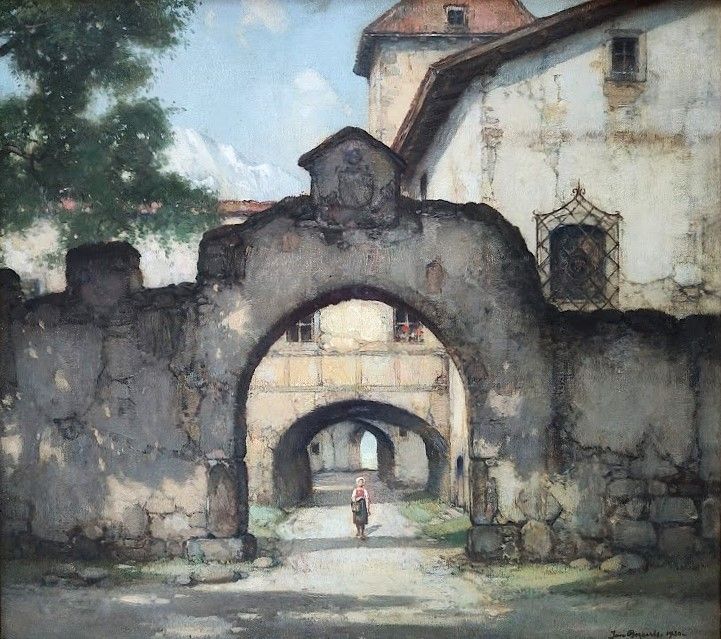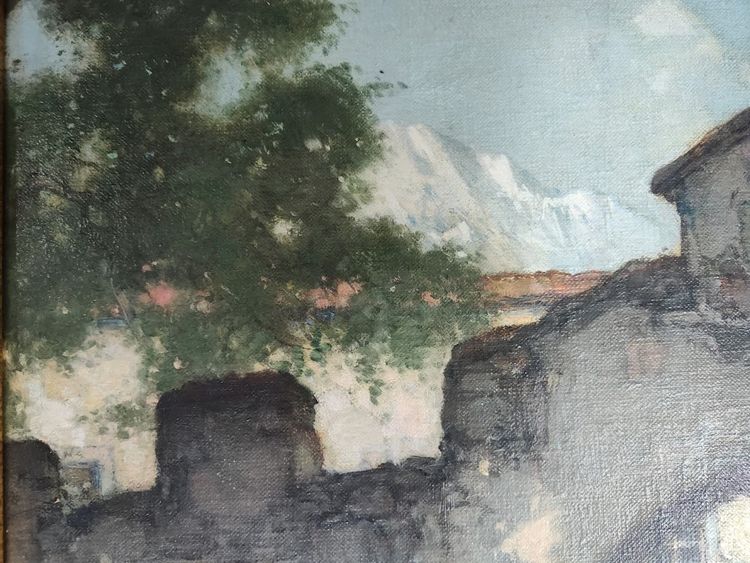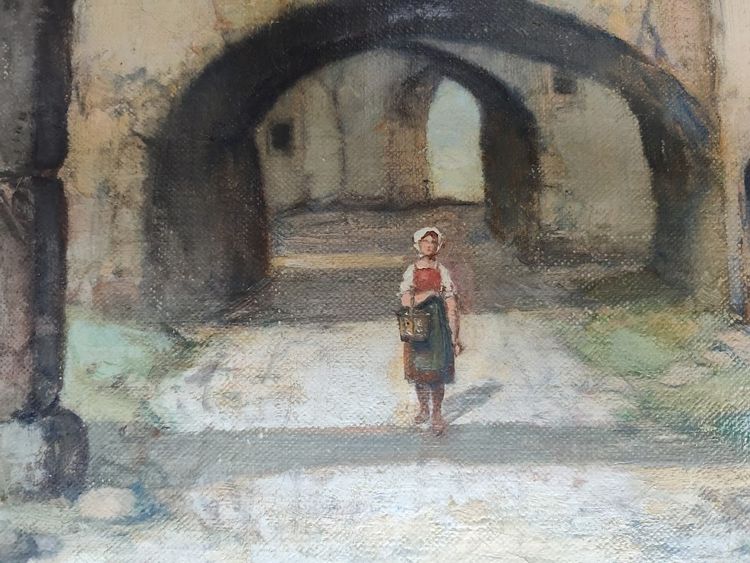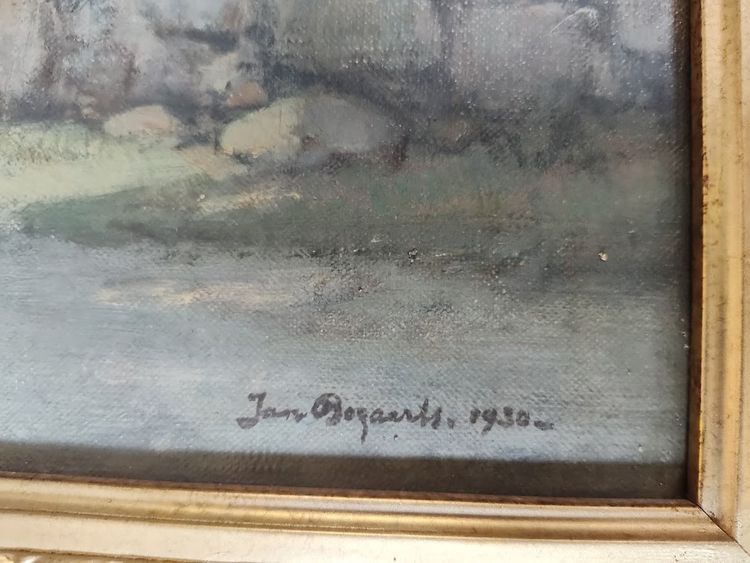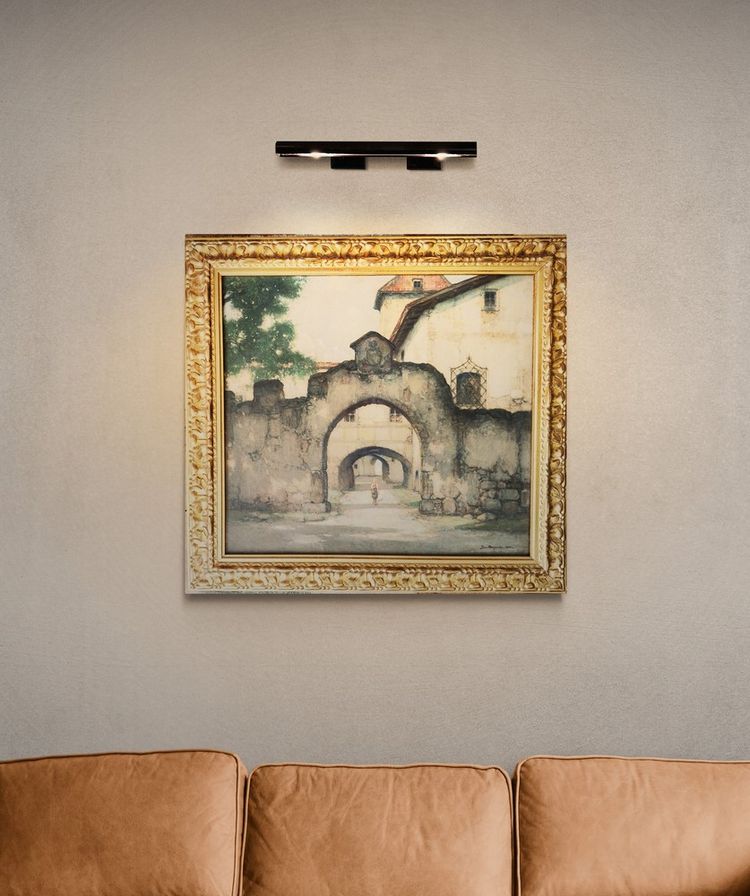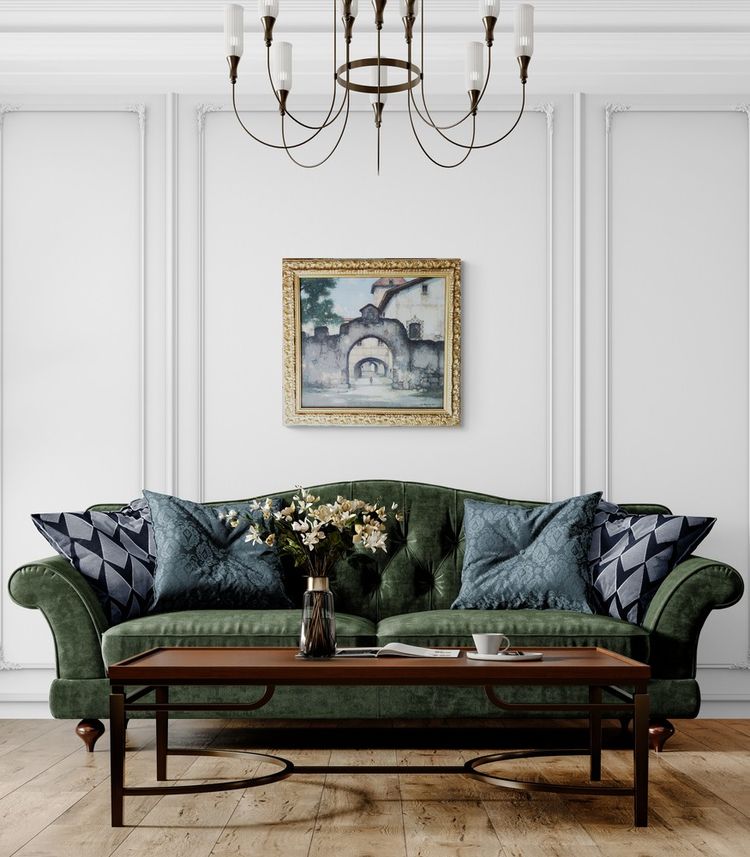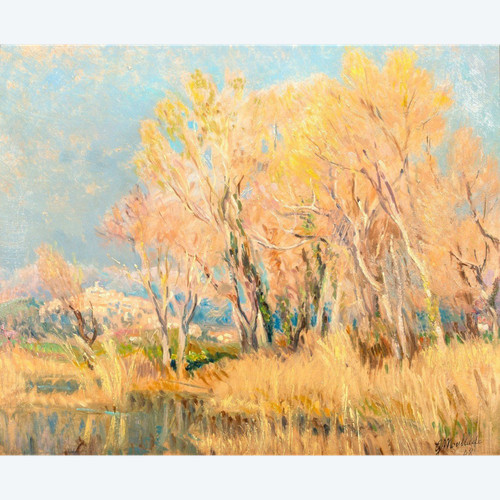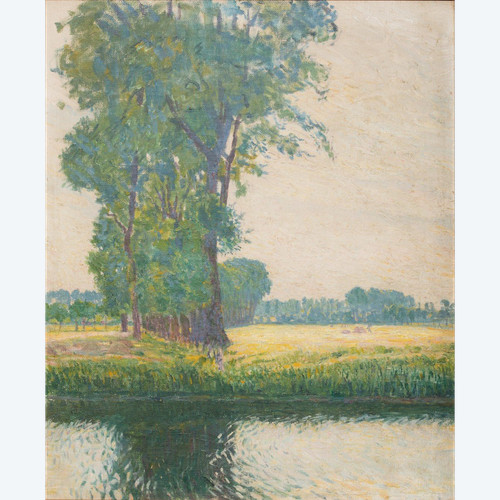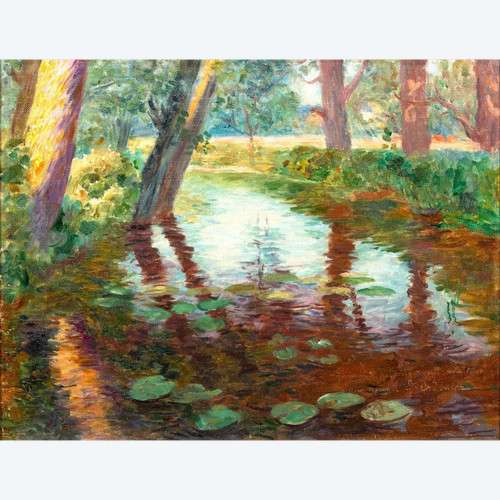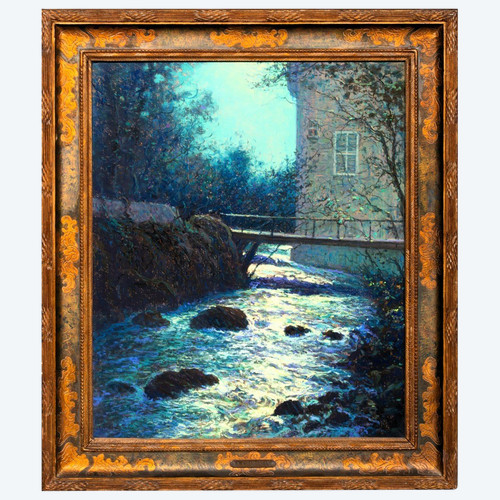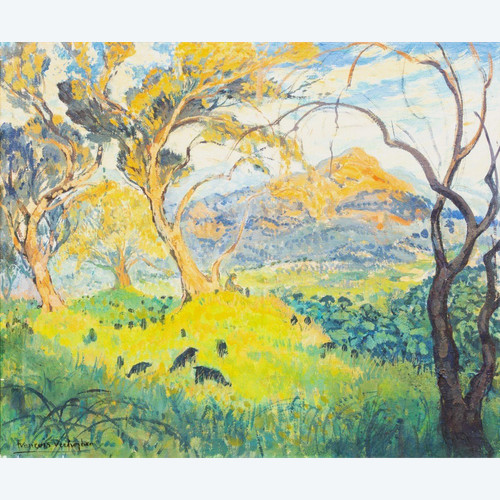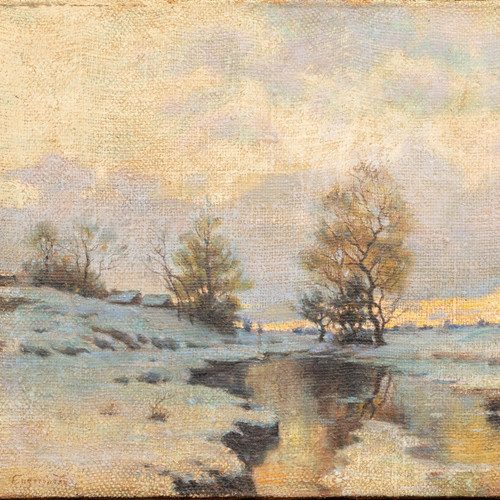This description has been translated and may not be completely accurate. Click here to see the original
On a silent Alpine morning, where ancient stones remember more than they reveal, a young girl walks beneath the crumbling arch of a forgotten gateway. The air is fresh, the light soft and pale, and behind her, the silhouettes of snow-capped peaks rise like ancient guardians above sun-warmed rooftops. A Gate in South Tyrol—this could be the title of this painting by Jan Bogaerts, dated 1930: a moment suspended in oil and silence, offering a glimpse into a little-known side of the painter's work.
Known for his serene still lifes, Bogaerts here reveals a more meditative vision of landscape and memory. The ruined gate, with its rough, time-worn textures, opens onto a second arch, drawing the eye into depth and shadow. A female figure in traditional dress advances—not as a heroine, but as a presence integrated into the rhythm of space and time.
The composition is poised and poetic. Soft grays, faded whites, earthy tones, and muted greens compose a restrained palette imbued with quiet majesty. Nothing is spectacular, but everything speaks: of time, solitude, and the lingering tranquility of ancient places.
Painted in 1930, between the wars, this painting takes on the appearance of an intimate meditation on the passage of time. The young girl under the arch becomes a symbol—not of a narrative, but of silence. Through this image, Jan Bogaerts connects his Symbolist-Romantic period with the silent sobriety of his maturity. This painting, like the door it depicts, is a threshold—between shadow and light, past and present, seen and remembered.
Ref: TET3BQC41R






